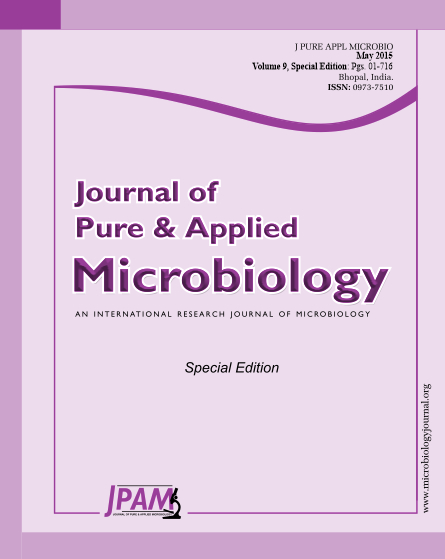Rhus coriaria Linn. (Anacardiacea), commonly known as sumac, has been used as a spice, condiment, appetizer, and as a souring agent for centuries. A broad range of nutritionally and medicinally significant phytochemical components have been identified from various parts of sumac having antimicrobial, anti-inflammatory effects. However, little is known about the biological activity of constituents present in its leaves against fungal infections. The collected plant leaves were extracted with 80% acetone and fractionated into n-Hexane Fraction (HF), Dichloromethane Fraction (DCMF), Ethyl Acetate Fraction (EAF), and n-Butanol Fraction (BF). Various concentrations of these fractions and Rhus coriaria total extract (TE) were tested for their antifungal, phenolics, and flavonoids properties. The total phenolic and flavonoid contents were significantly higher in Rhus coriaria TE, which also resulted in higher antifungal activity as compared to other fractions. The MIC50 values of TE and fractions were ranged from 39.3 to 500 µg/mL and as for the MFC50 values were ranged from 125 to 1000 µg/mL. Among the tested fractions of Rhus coriaria leaves, DCMF,EAF, and BF showed higher content in phenolic and flavonoids along with promising antifungal activity against the tested organisms respectively. The presence of phenolic and flavonoid constituents recommended Rhus coriaria as a target for formulation of novel drugs against fungal infections with minimal side effects.
Antifungal activity, Polyphenol content, Sumac, Rhus coriaria, phytochemistry, antioxidant
© The Author(s) 2015. Open Access. This article is distributed under the terms of the Creative Commons Attribution 4.0 International License which permits unrestricted use, sharing, distribution, and reproduction in any medium, provided you give appropriate credit to the original author(s) and the source, provide a link to the Creative Commons license, and indicate if changes were made.


